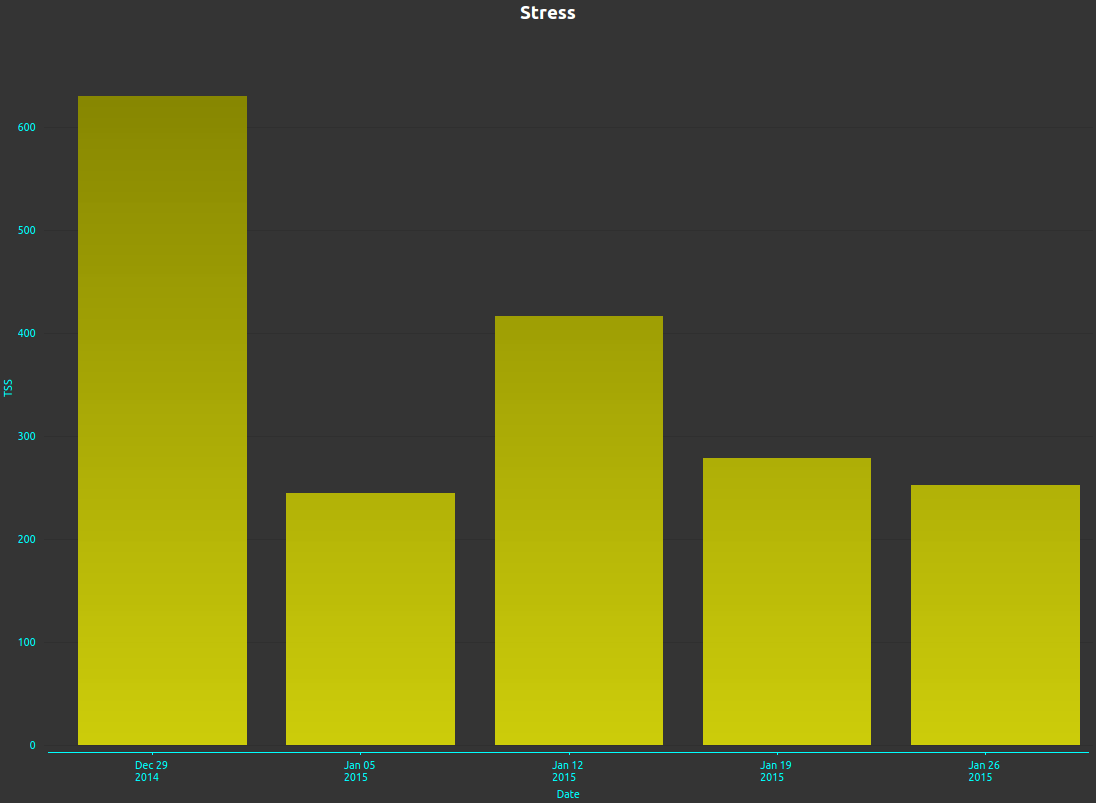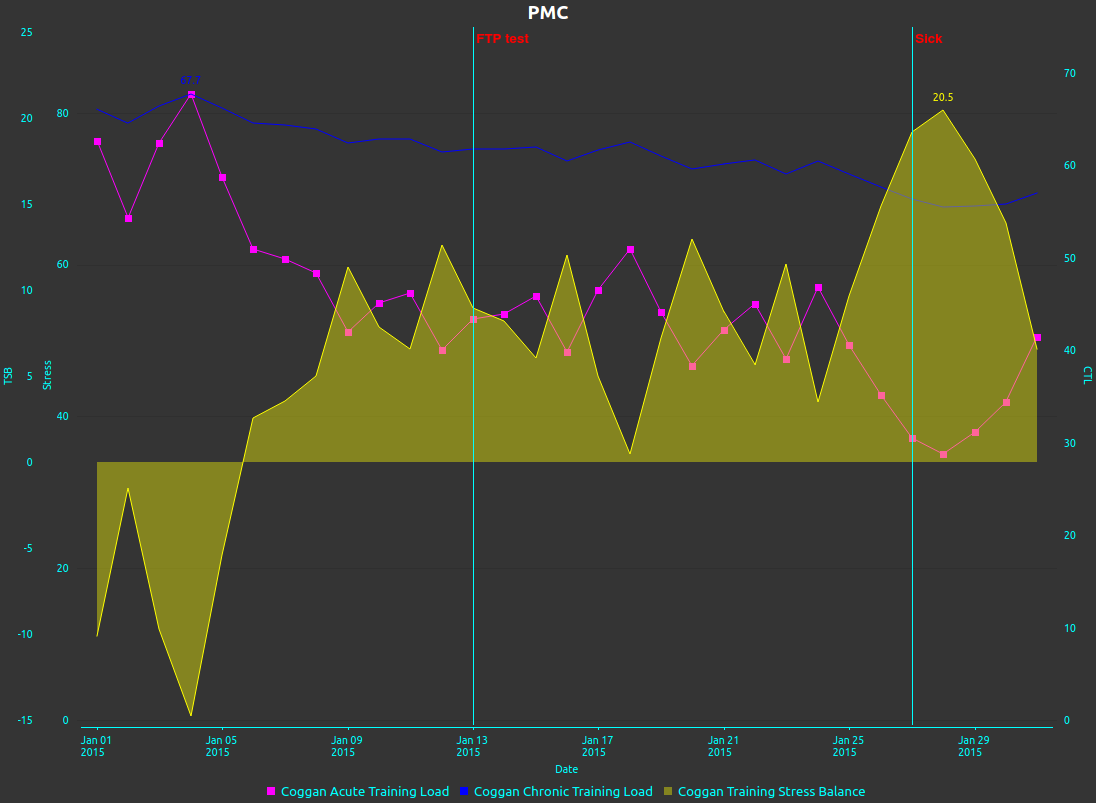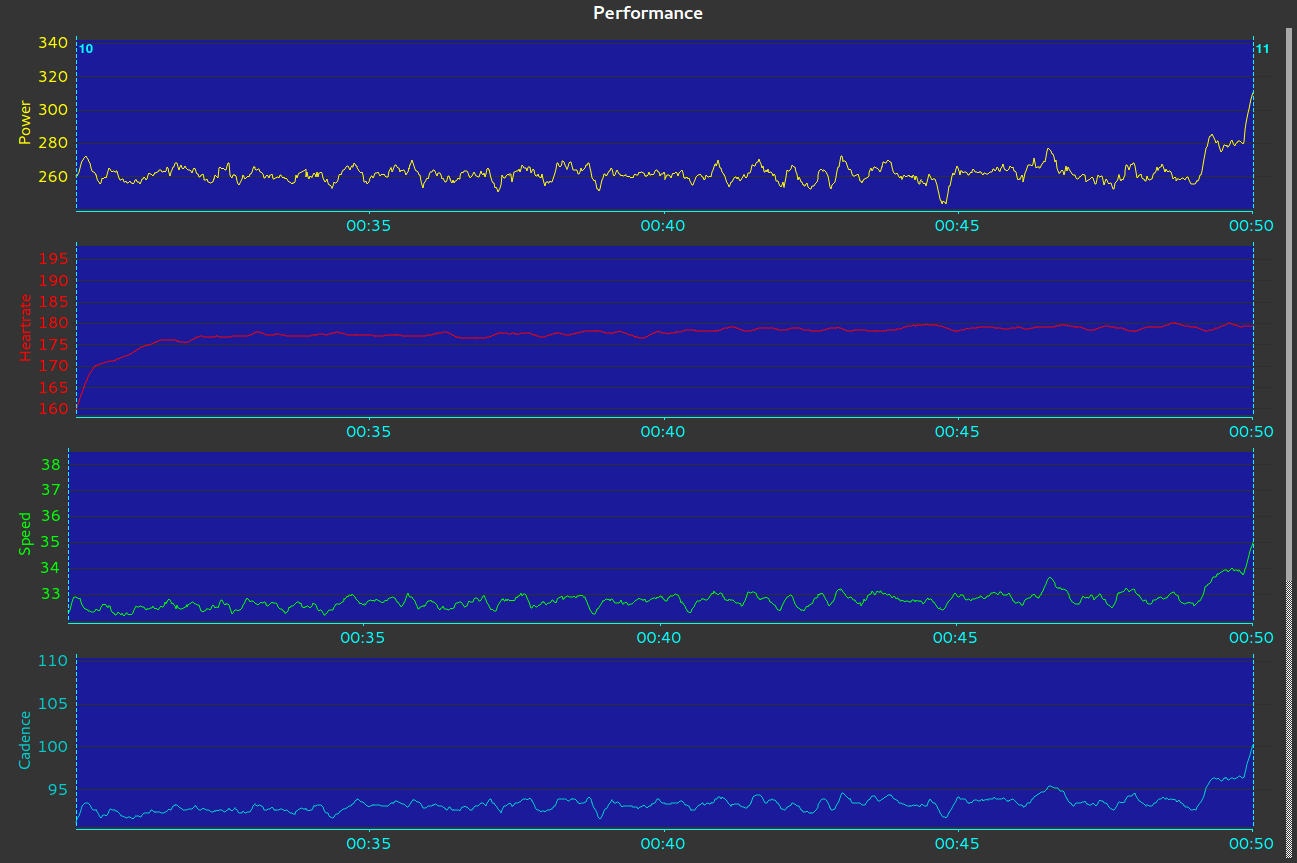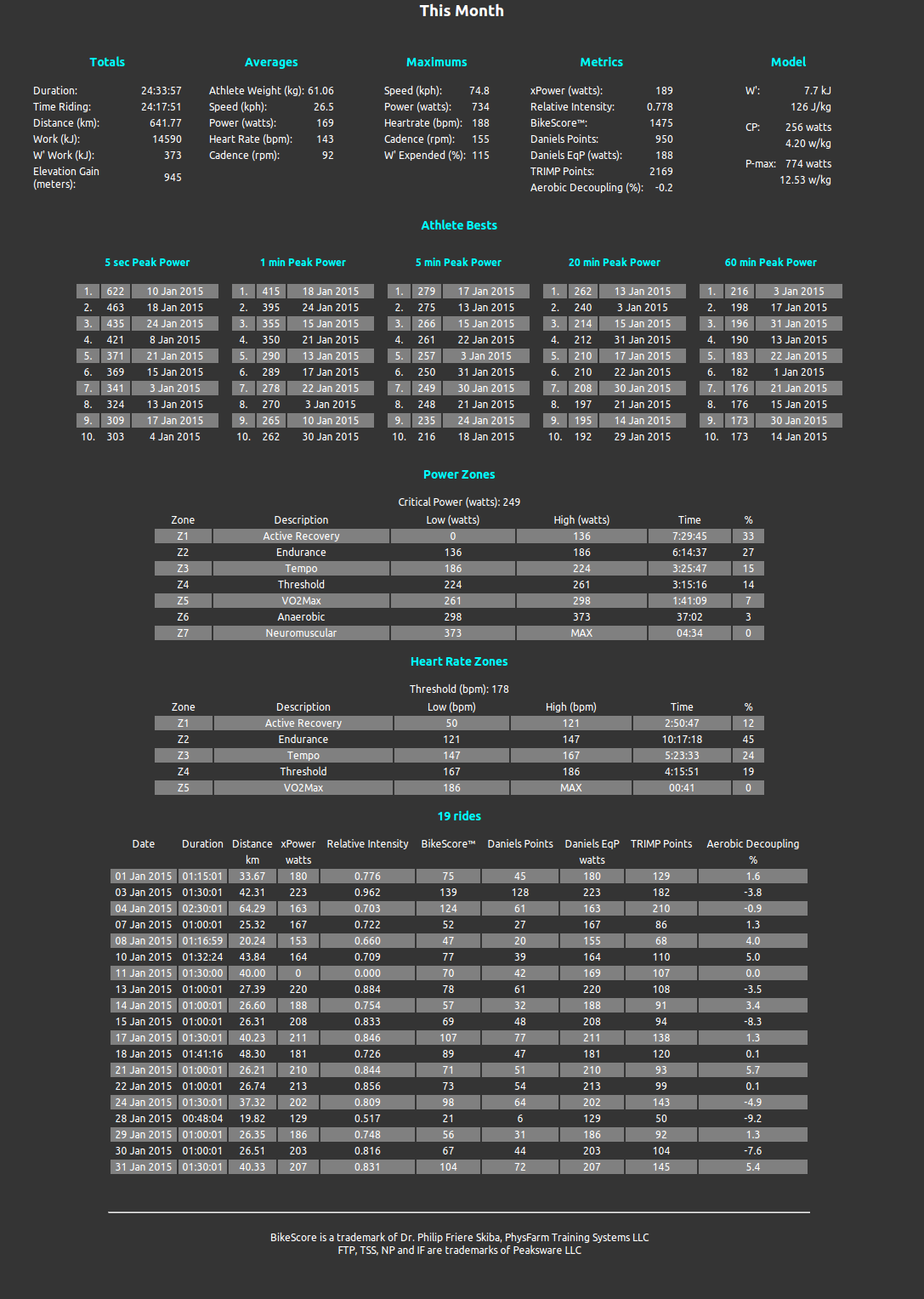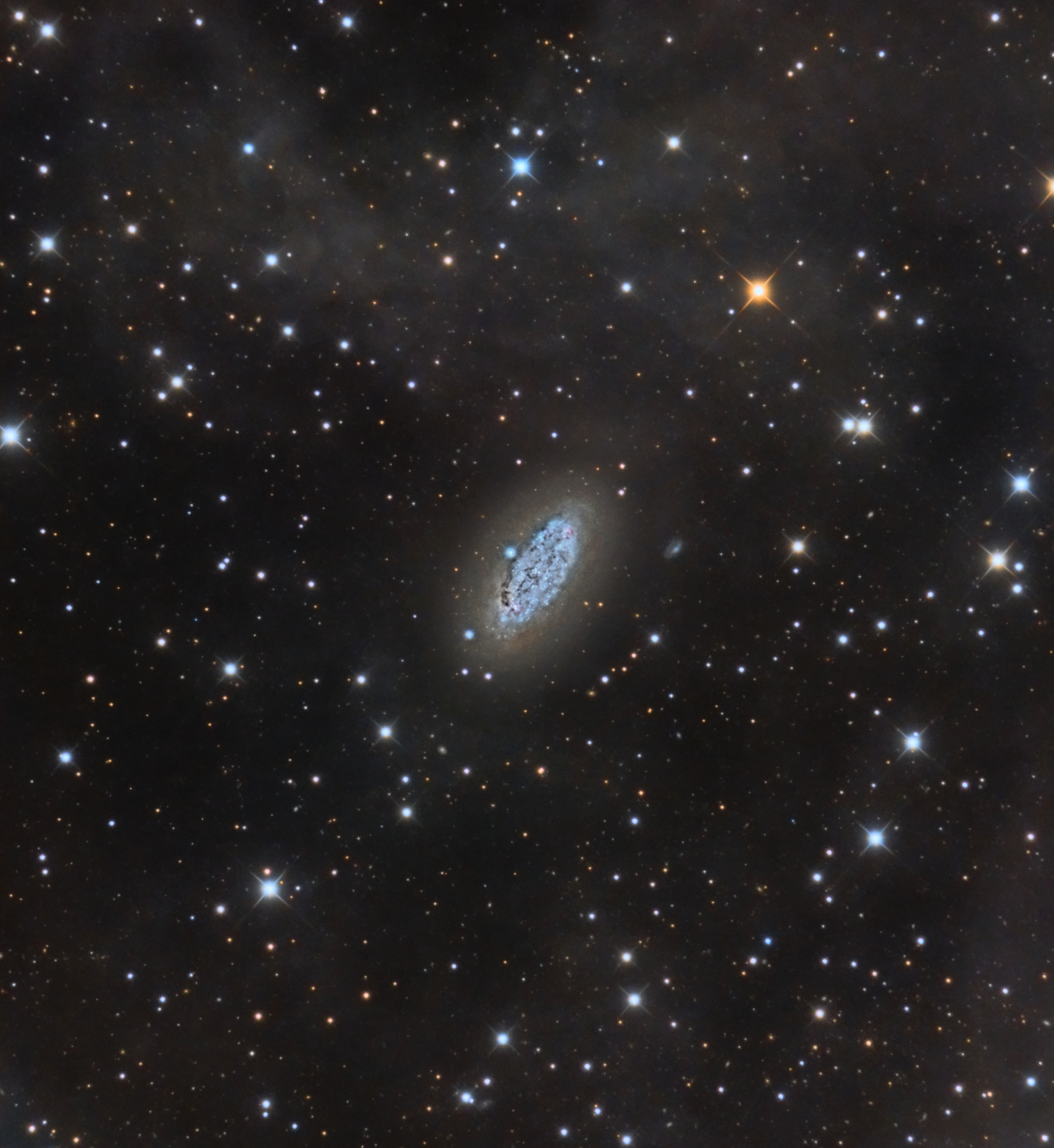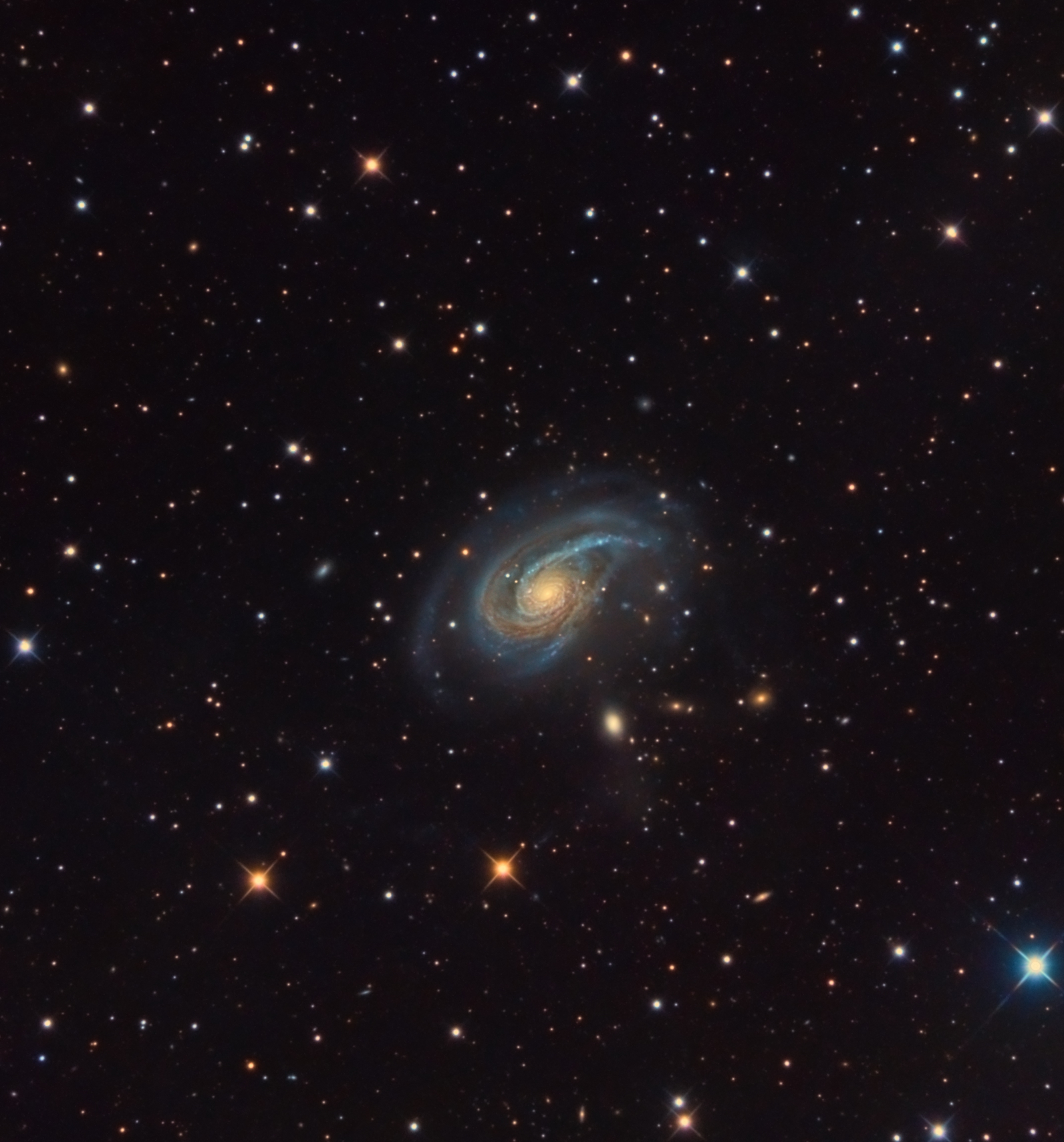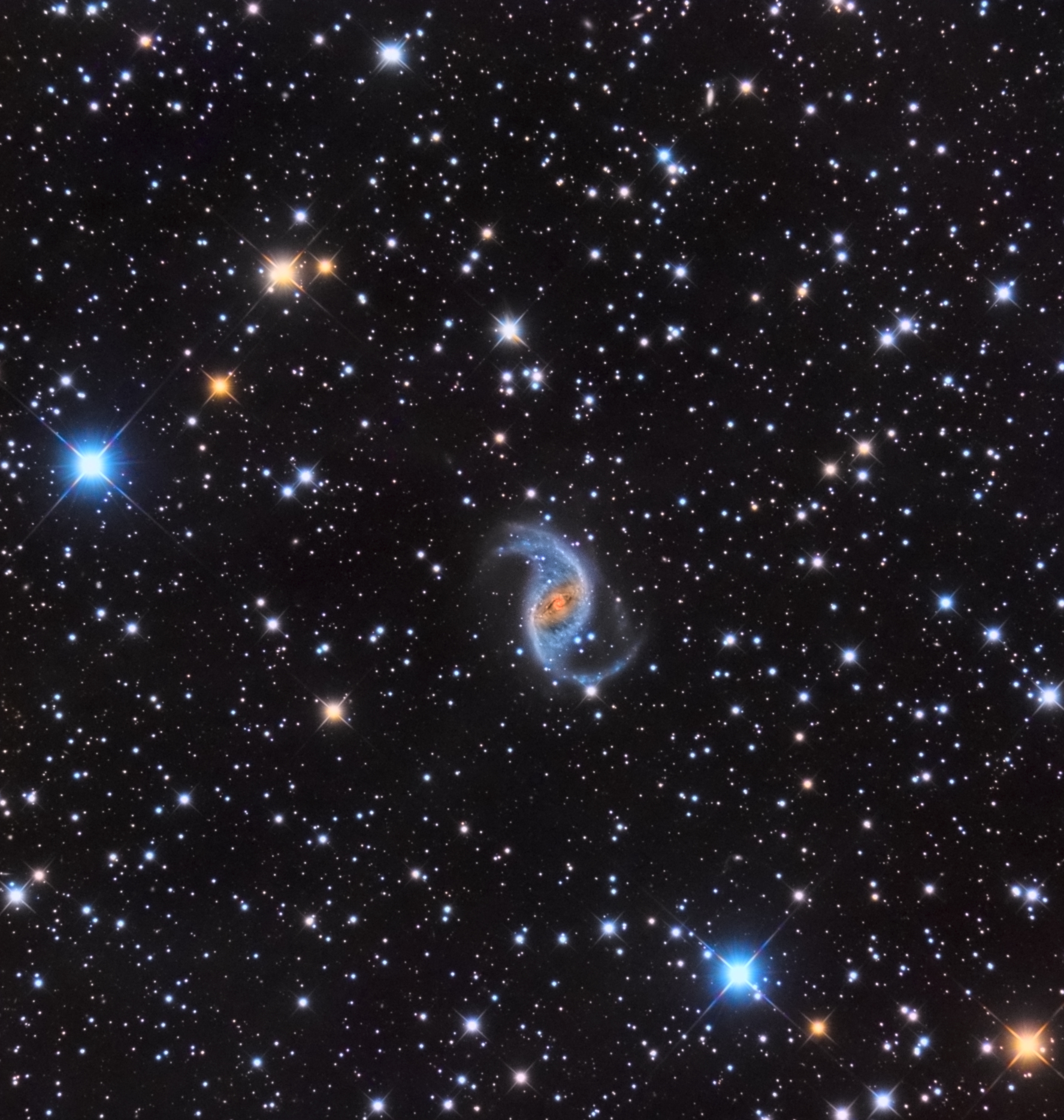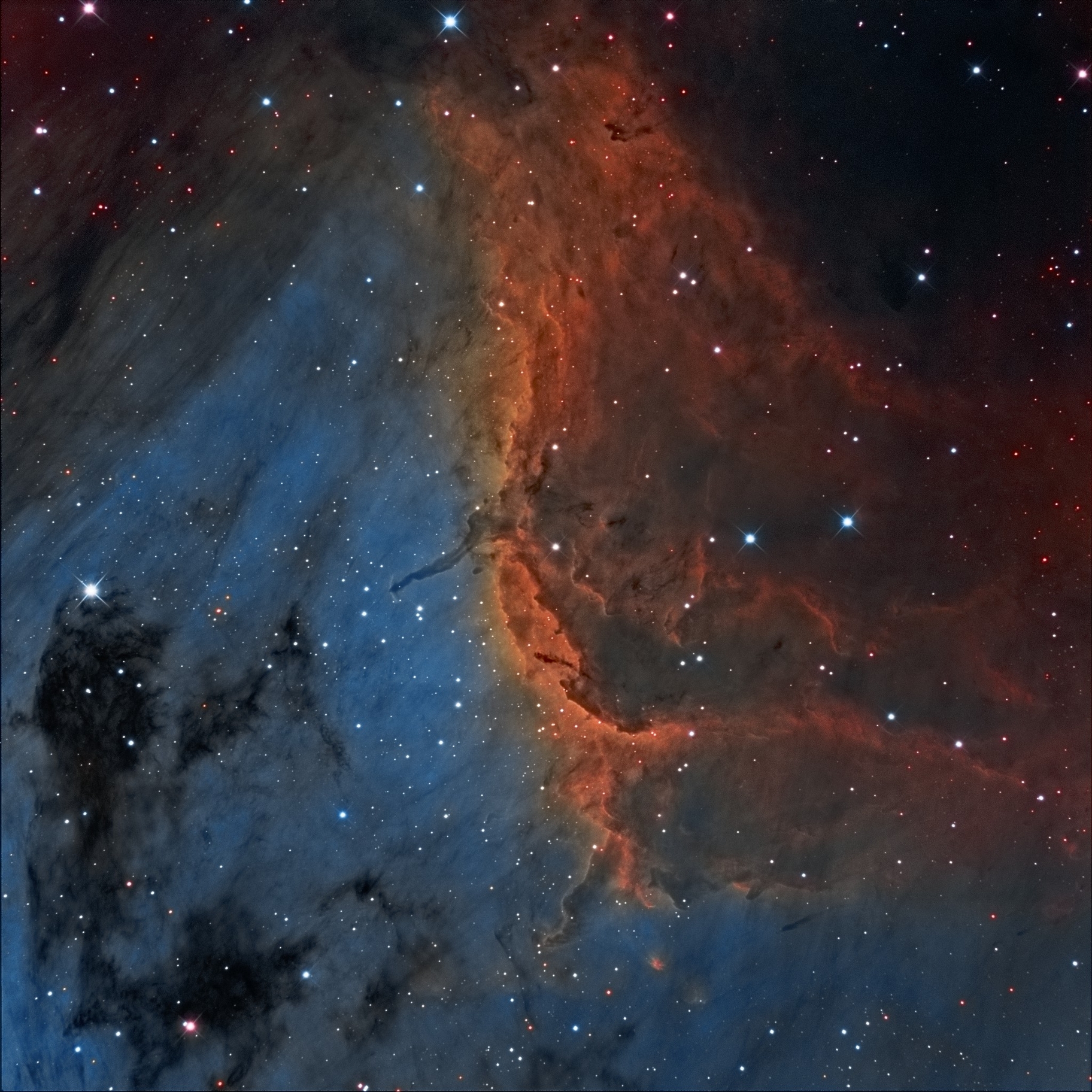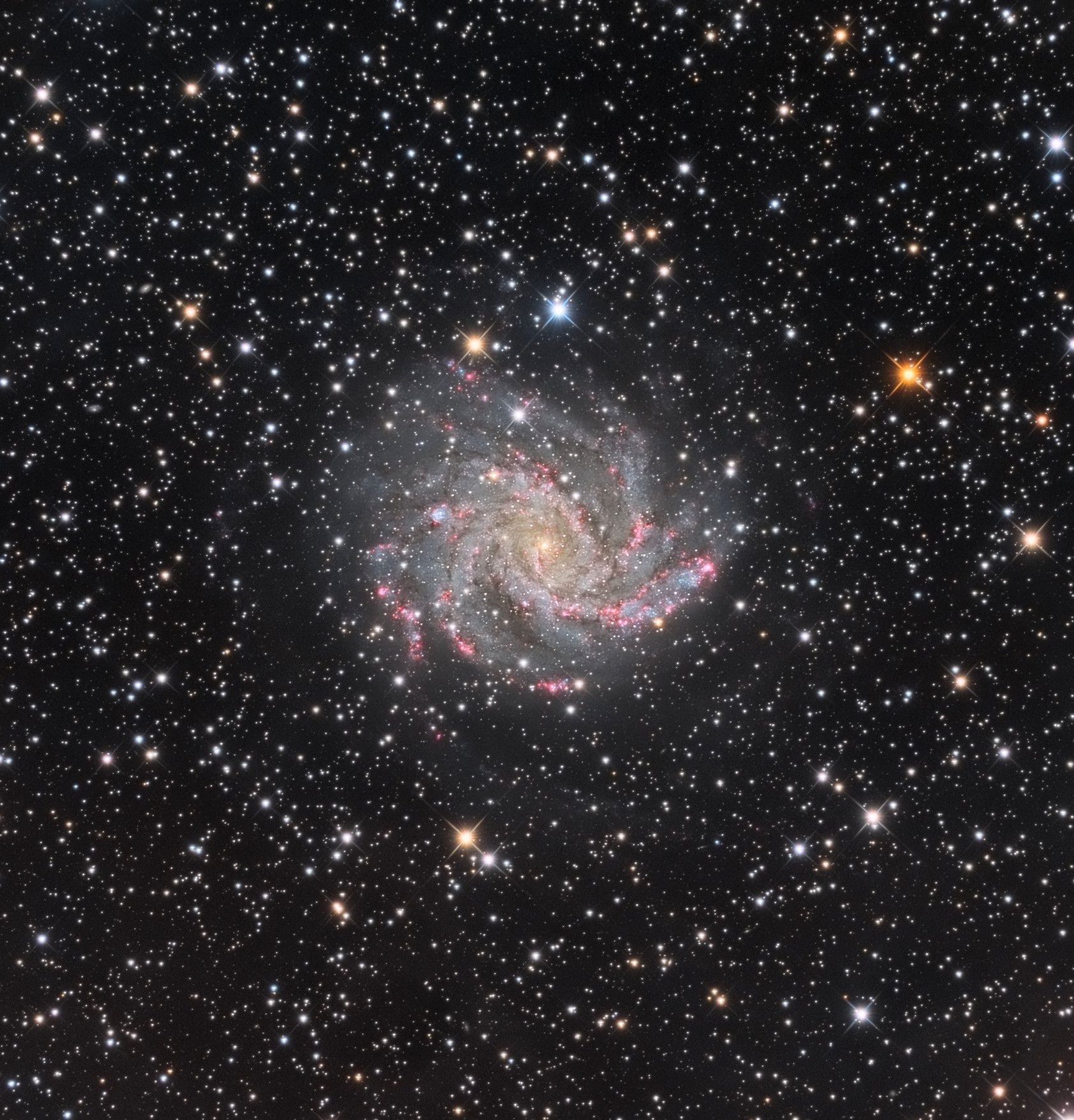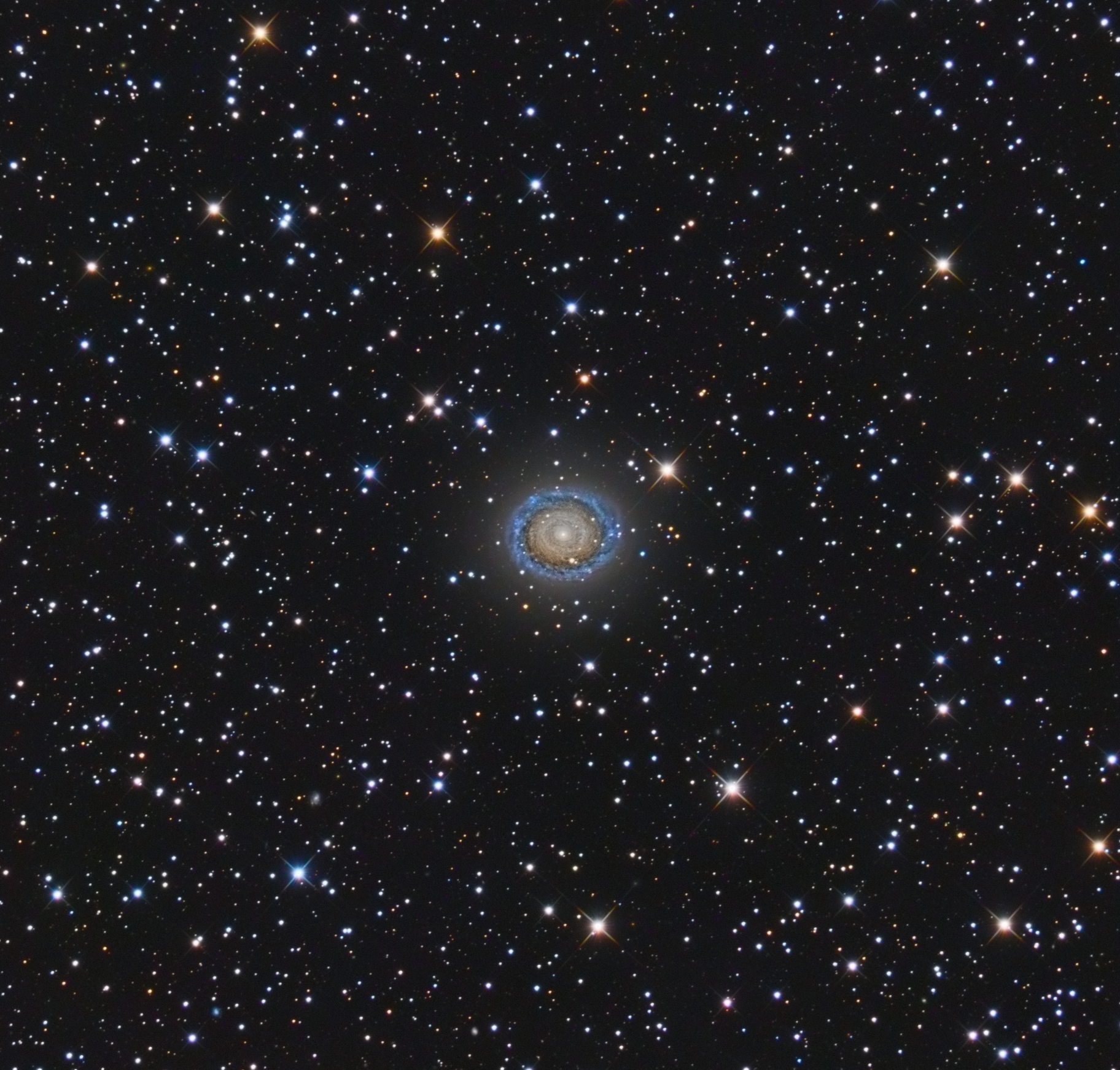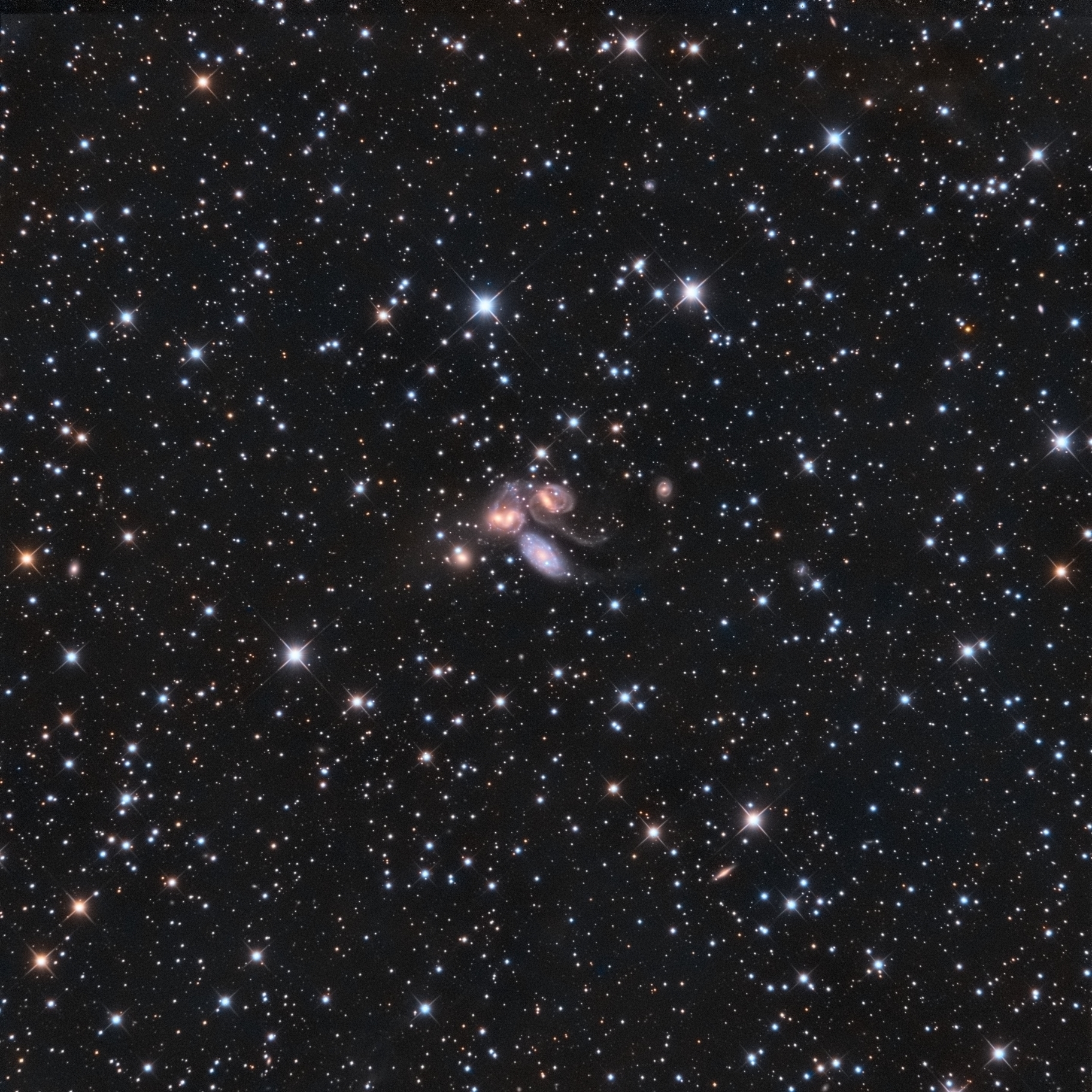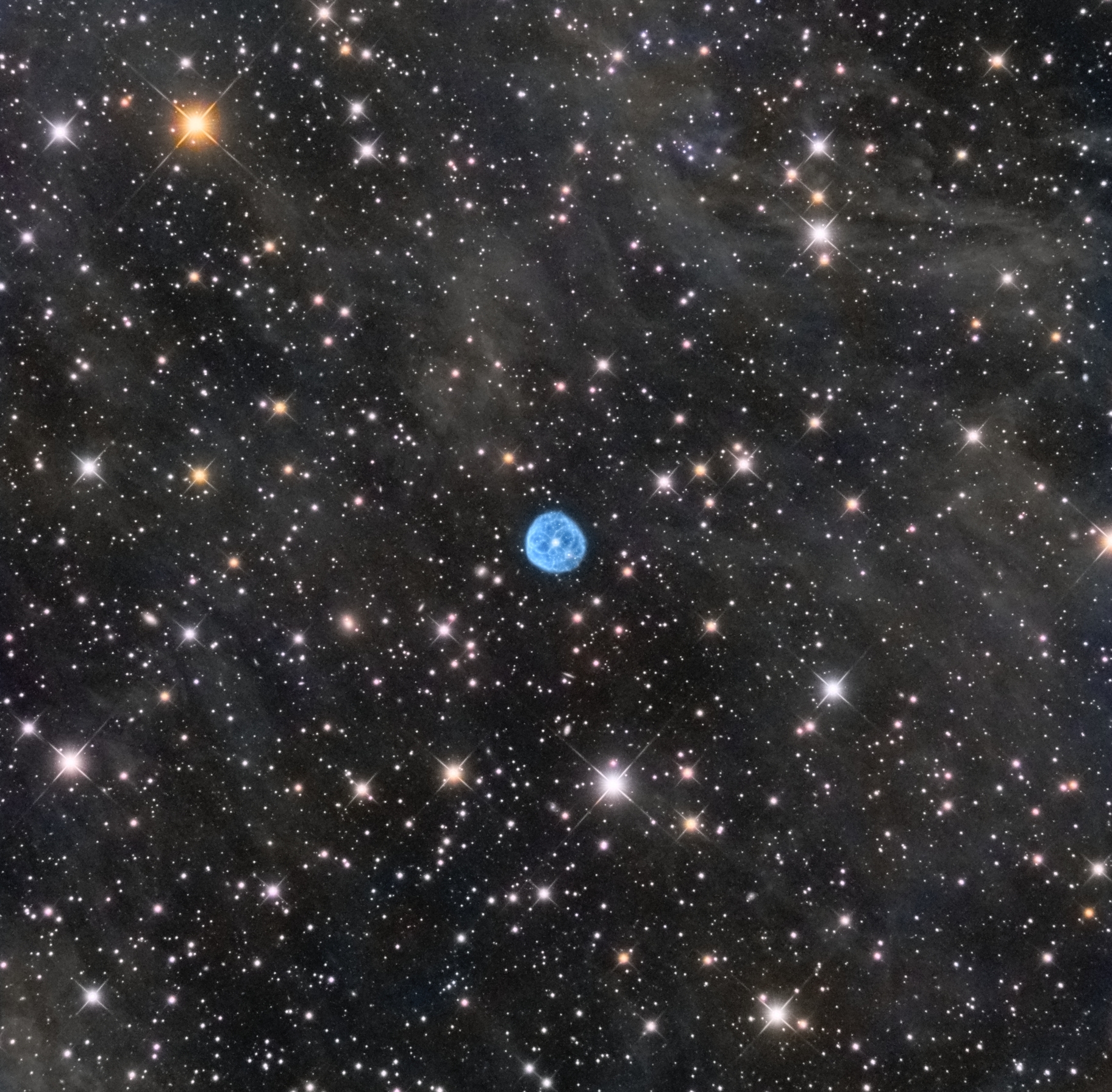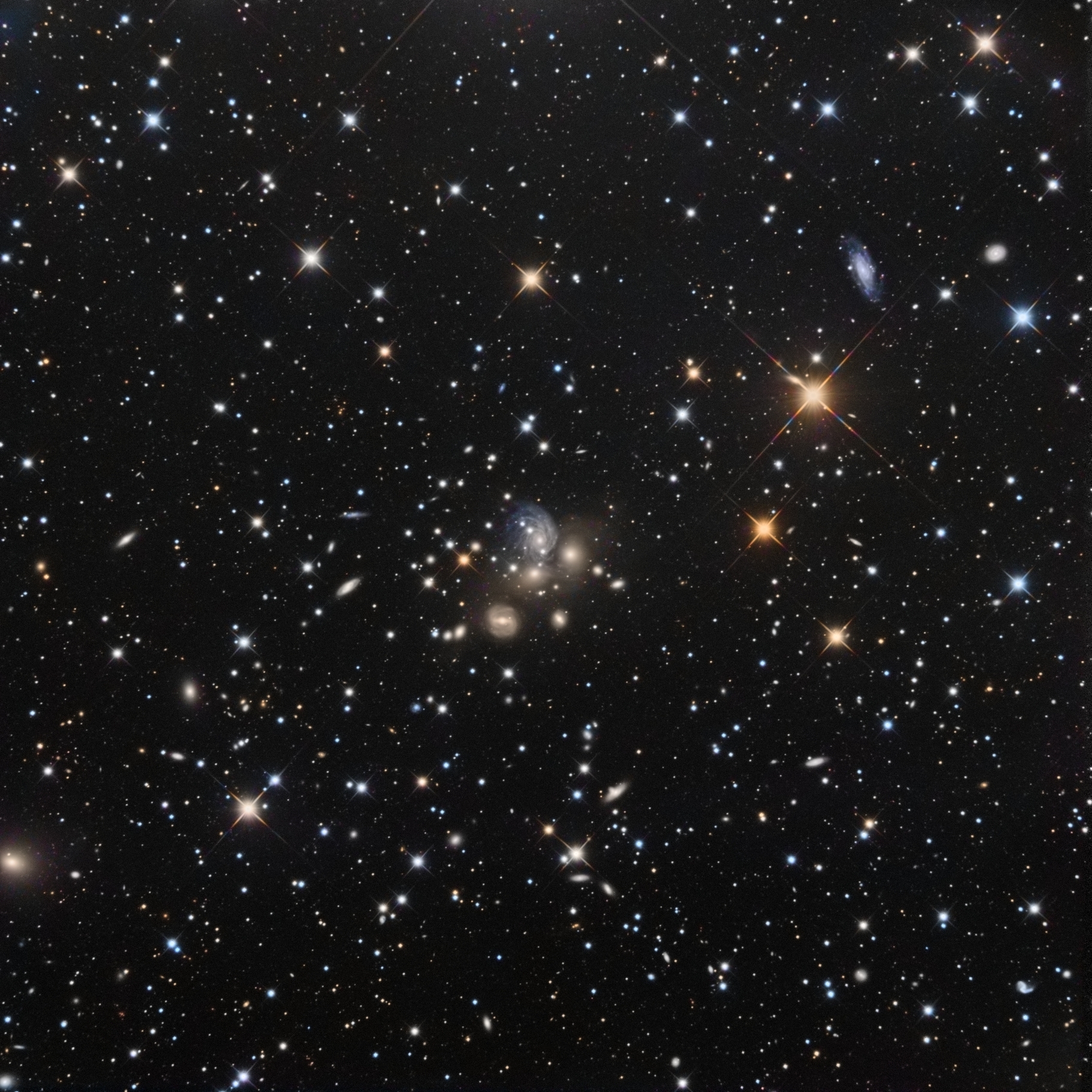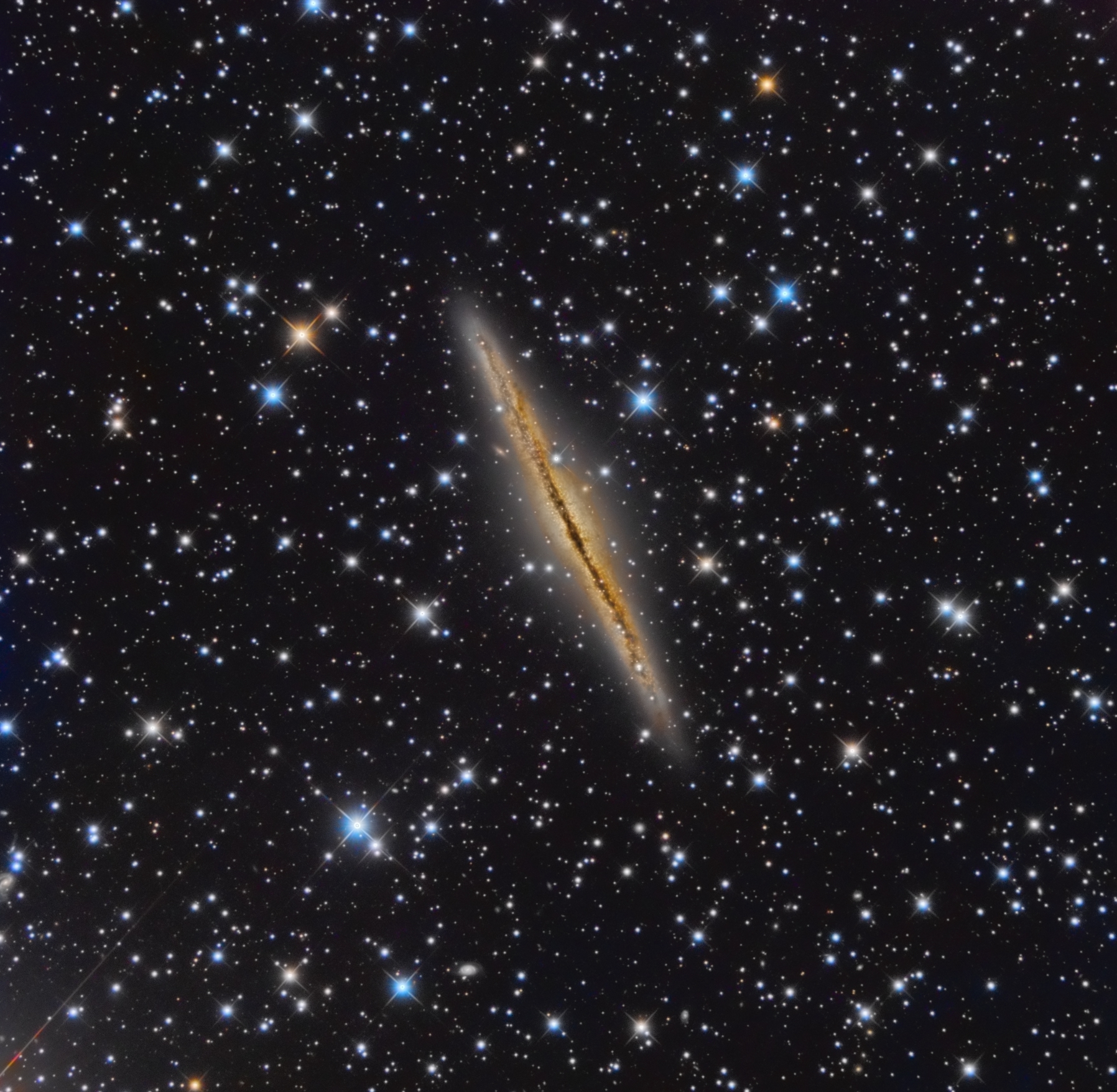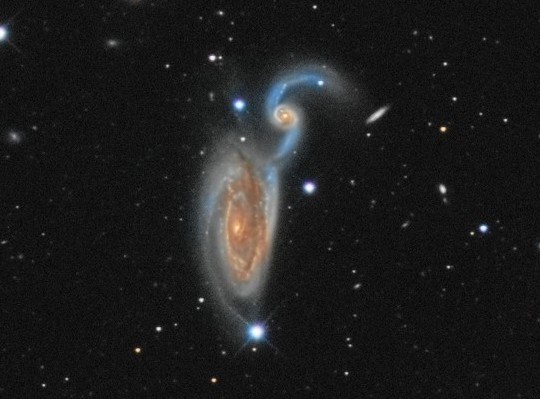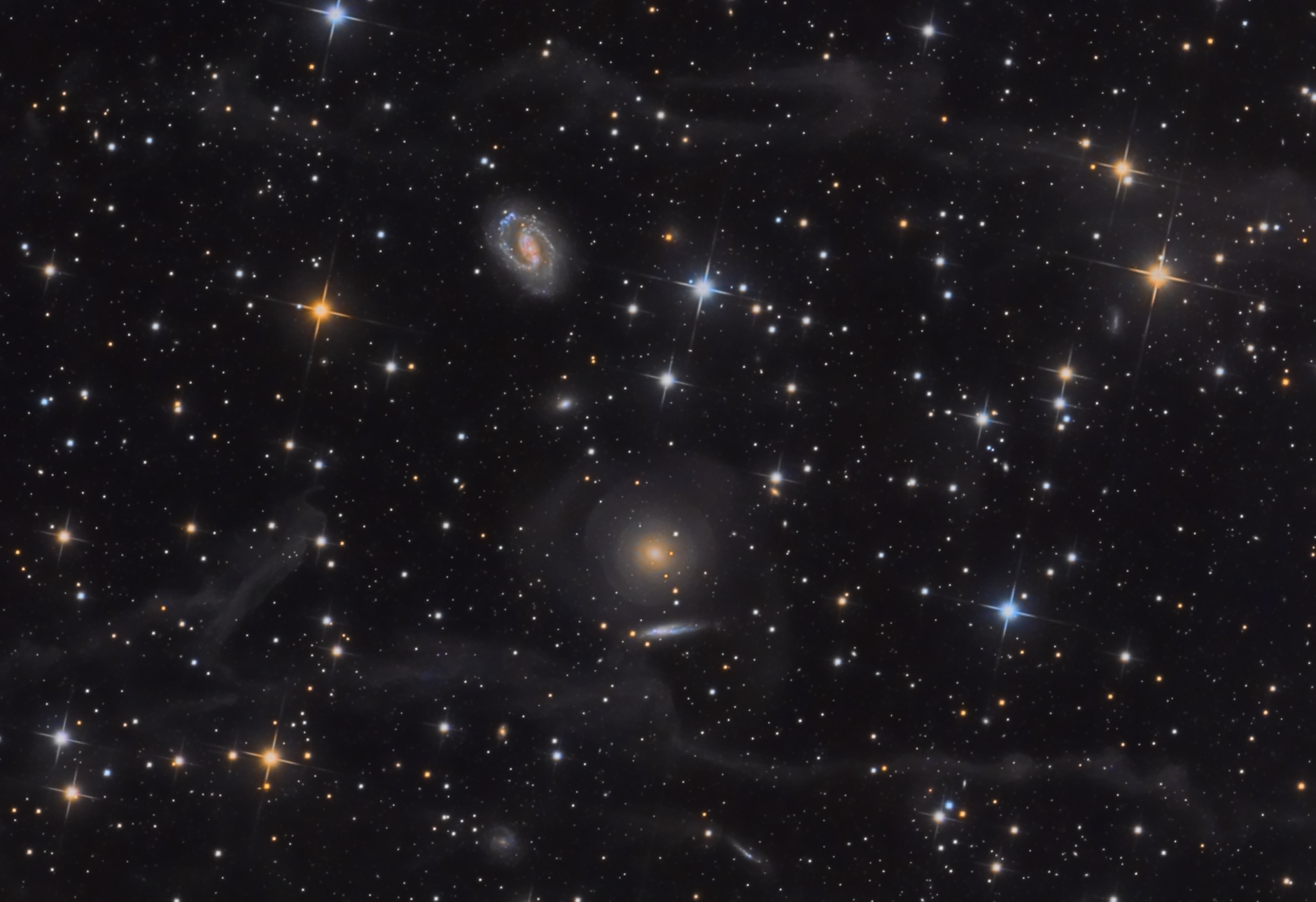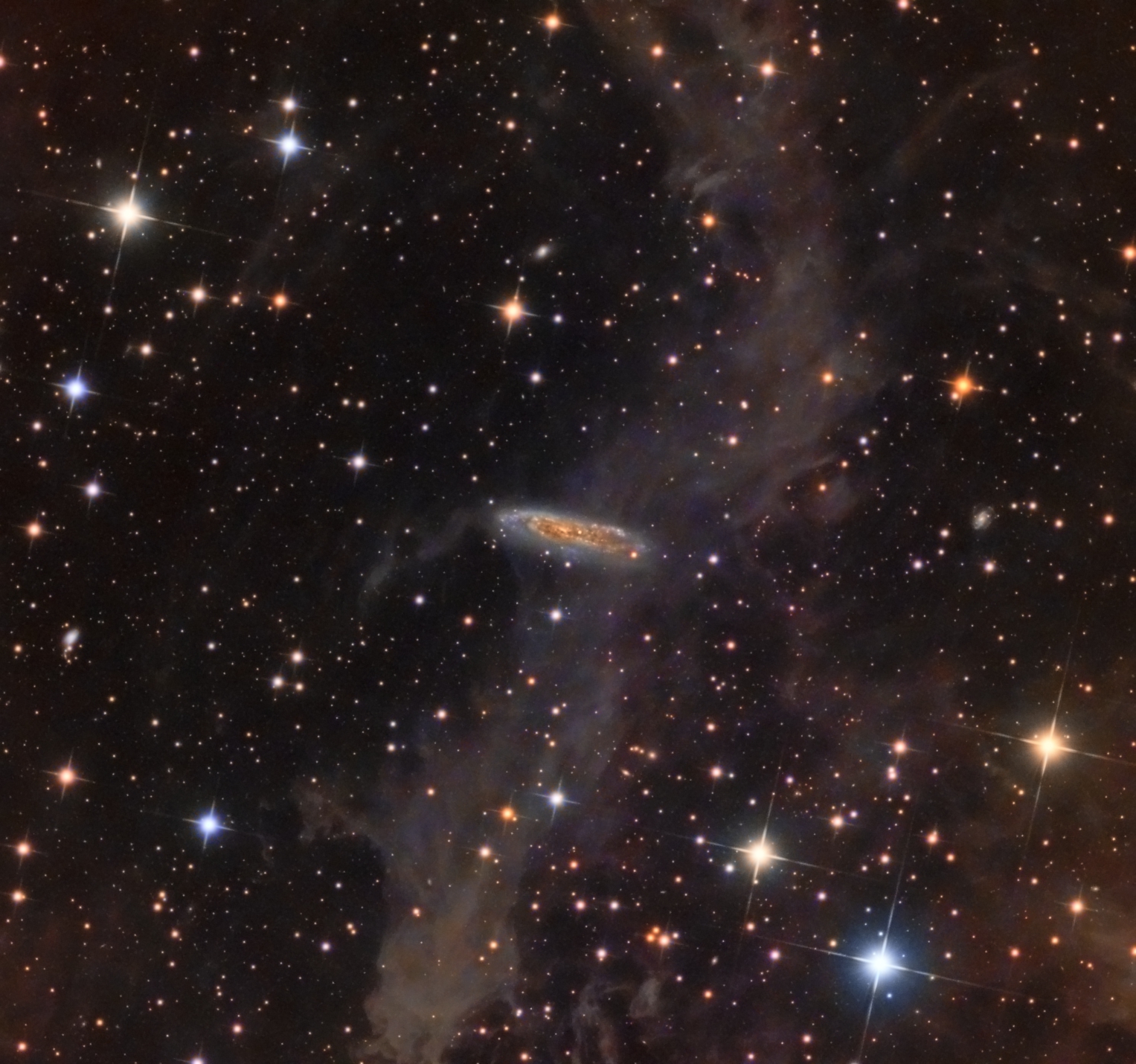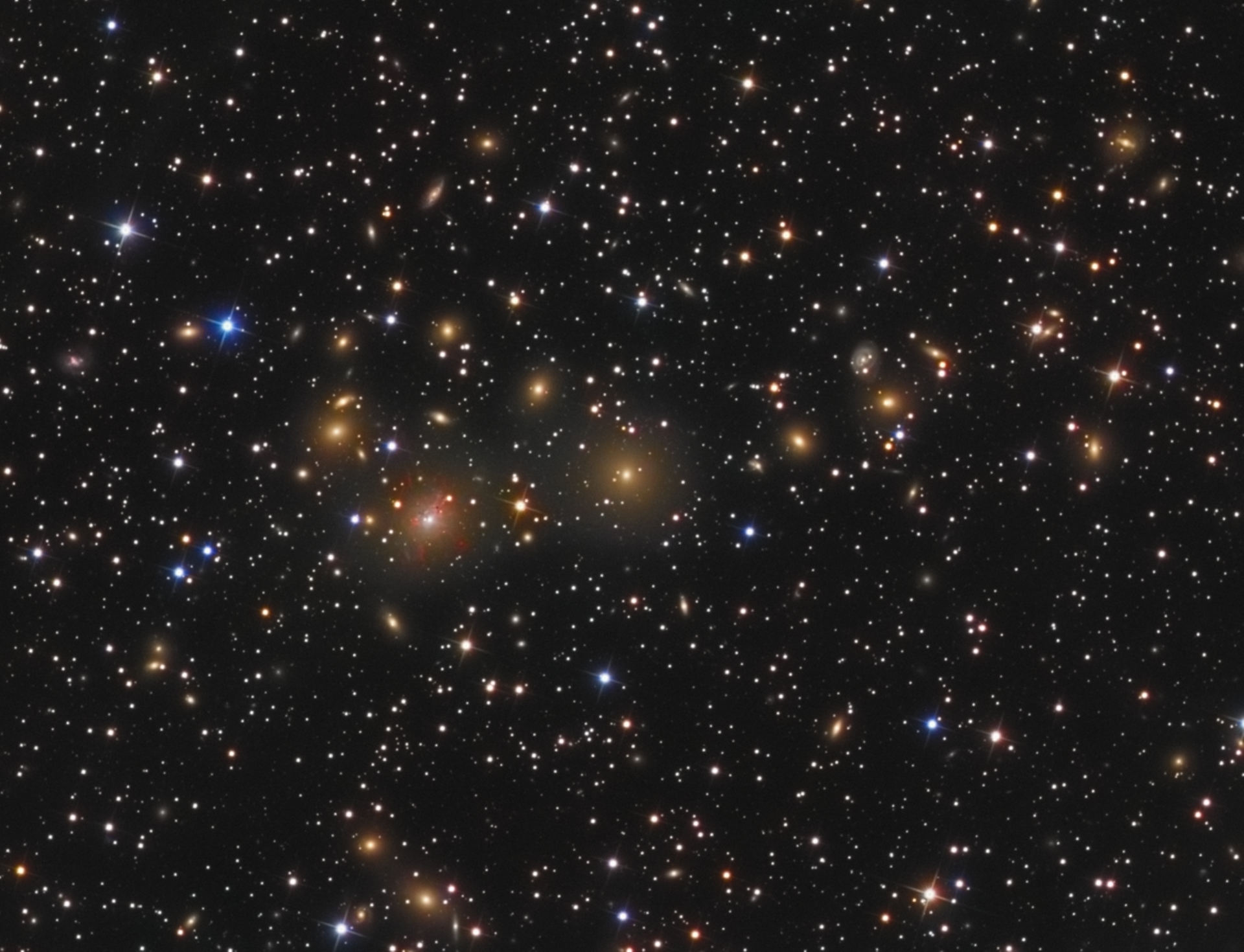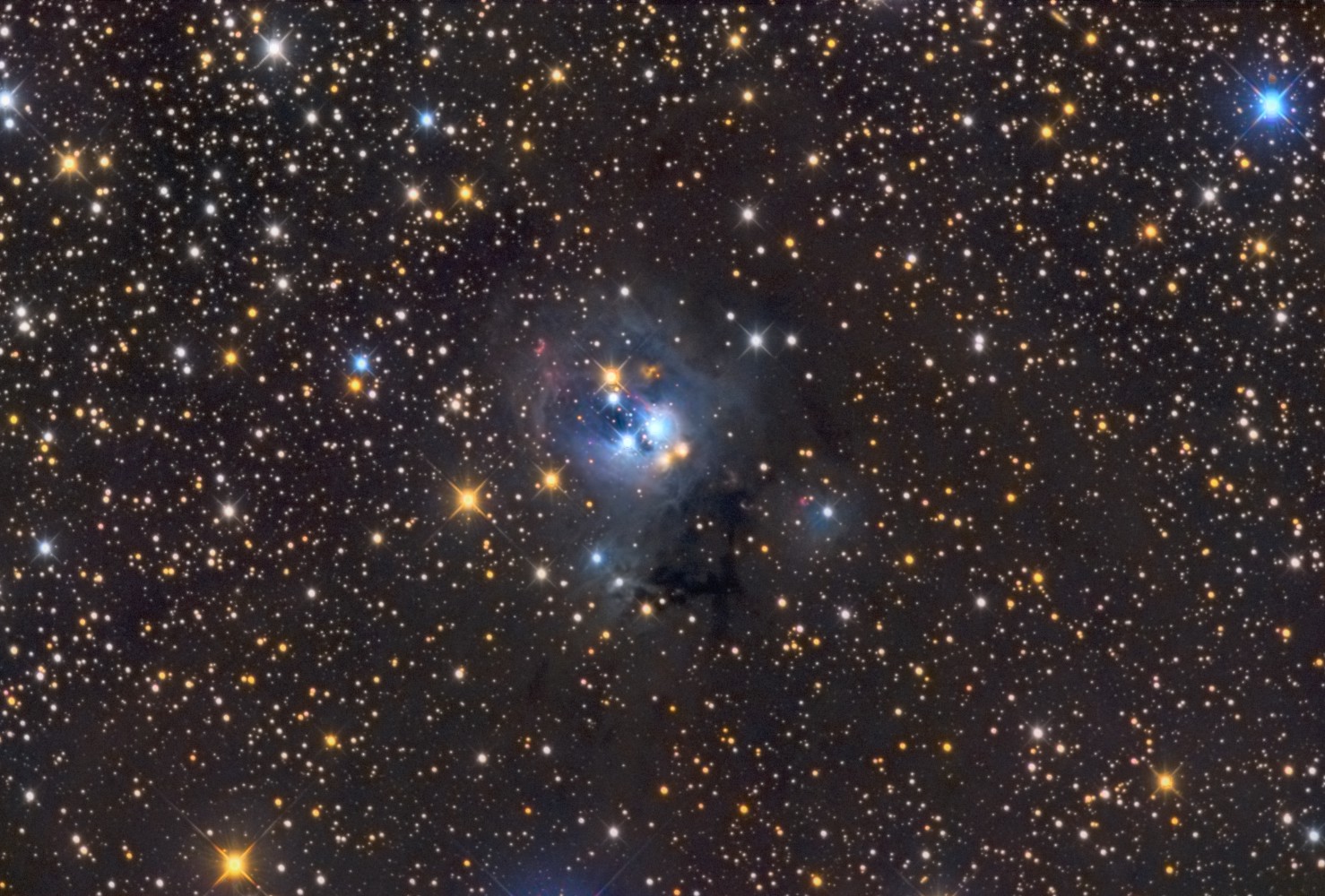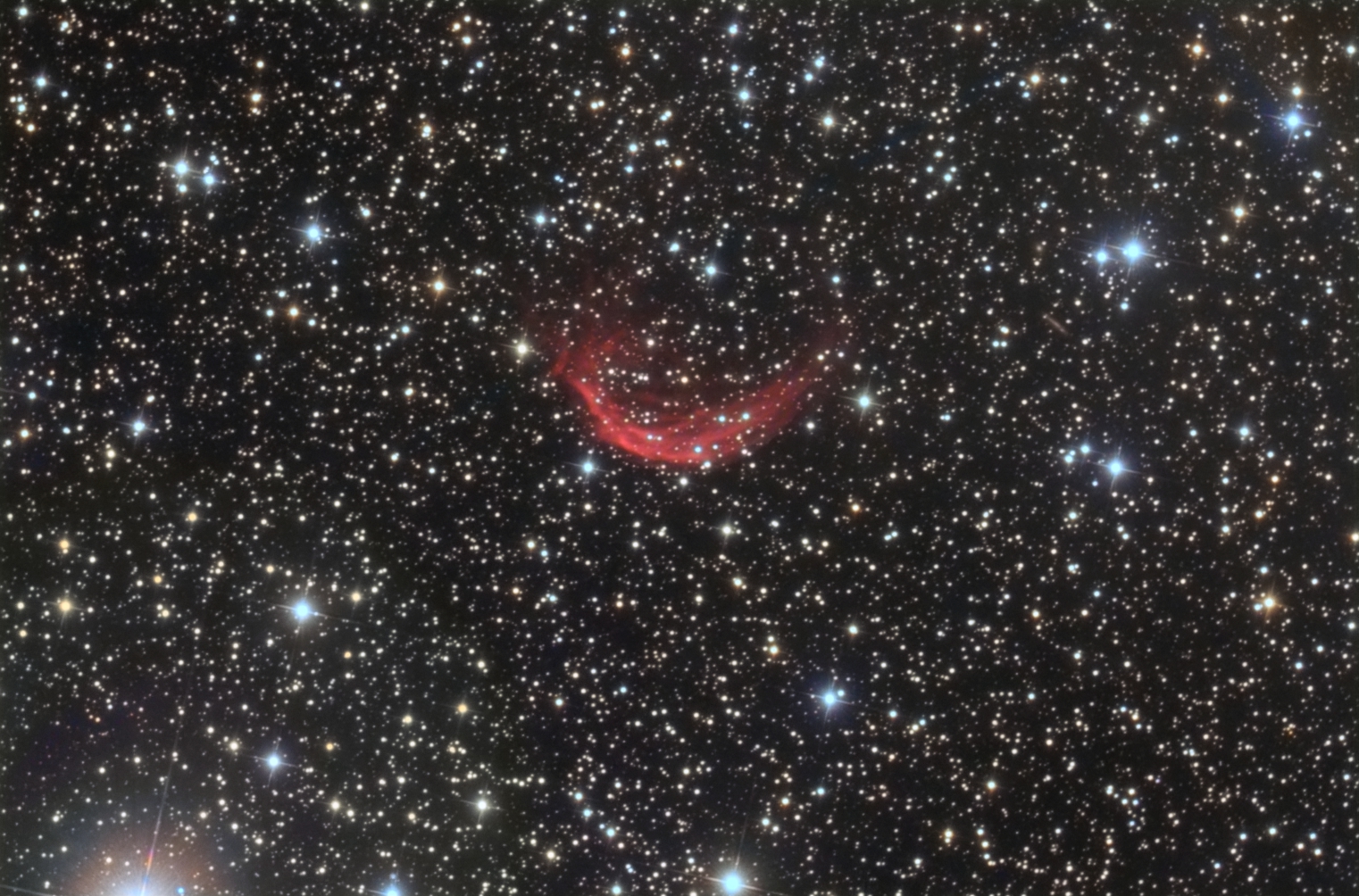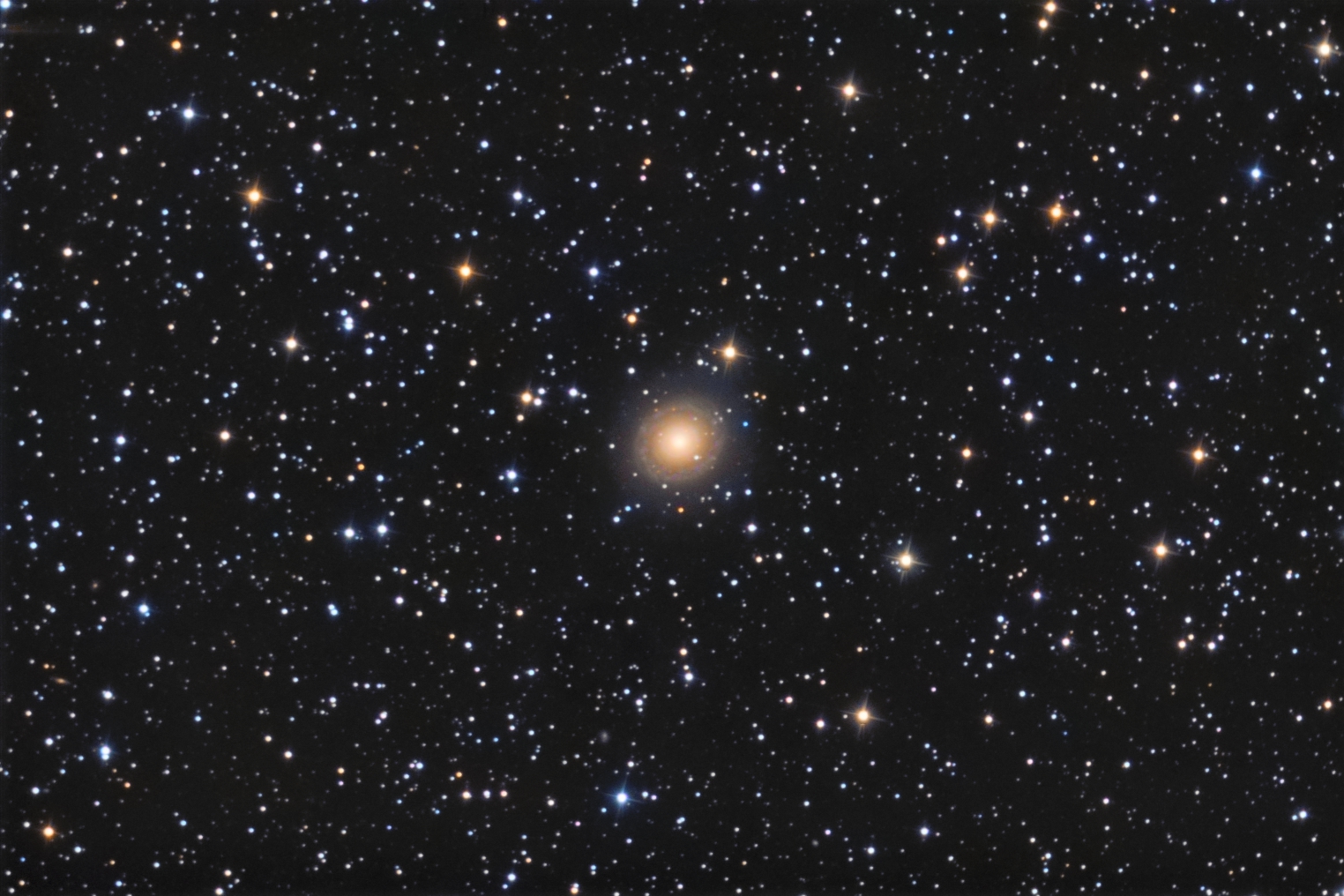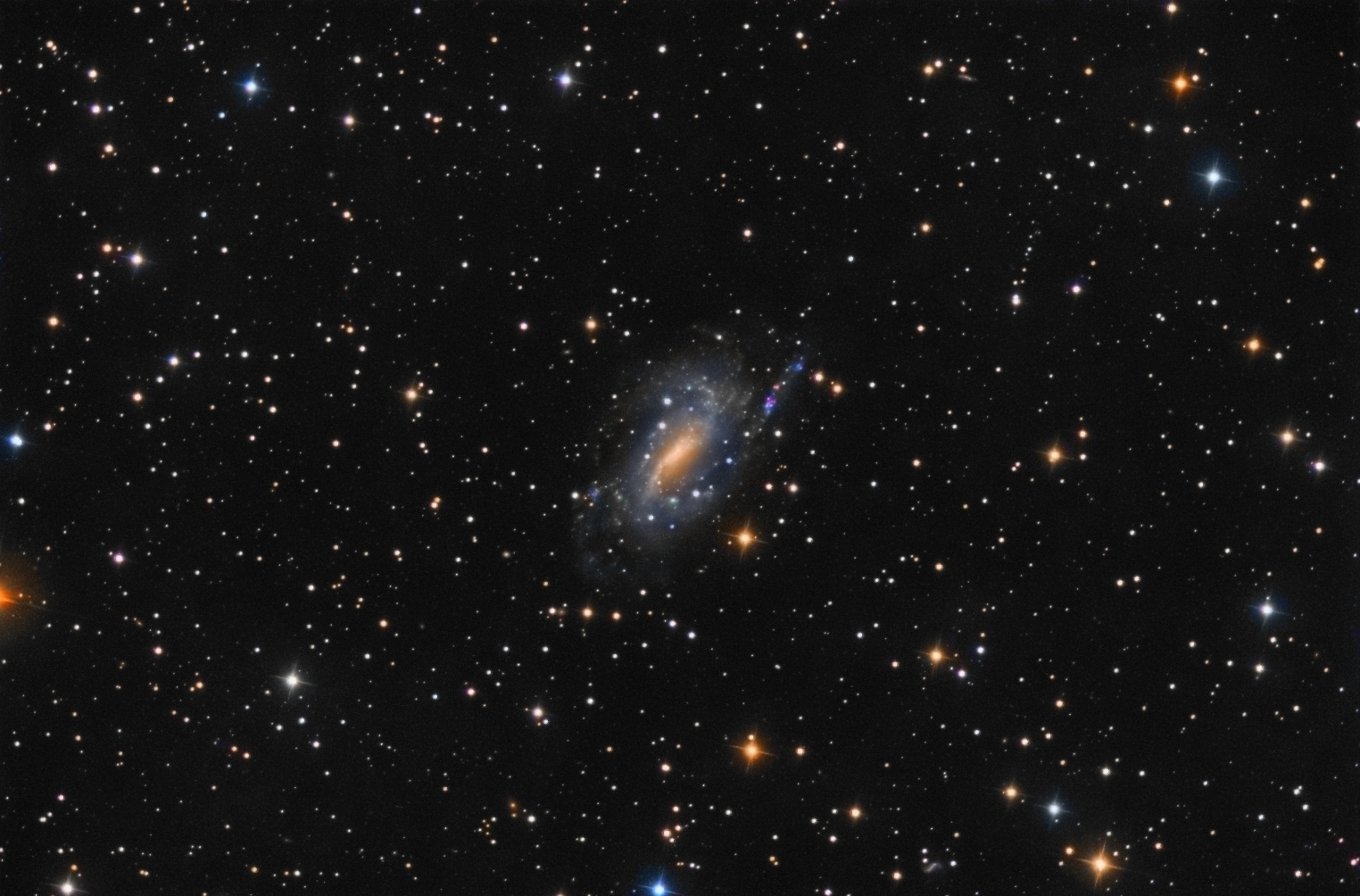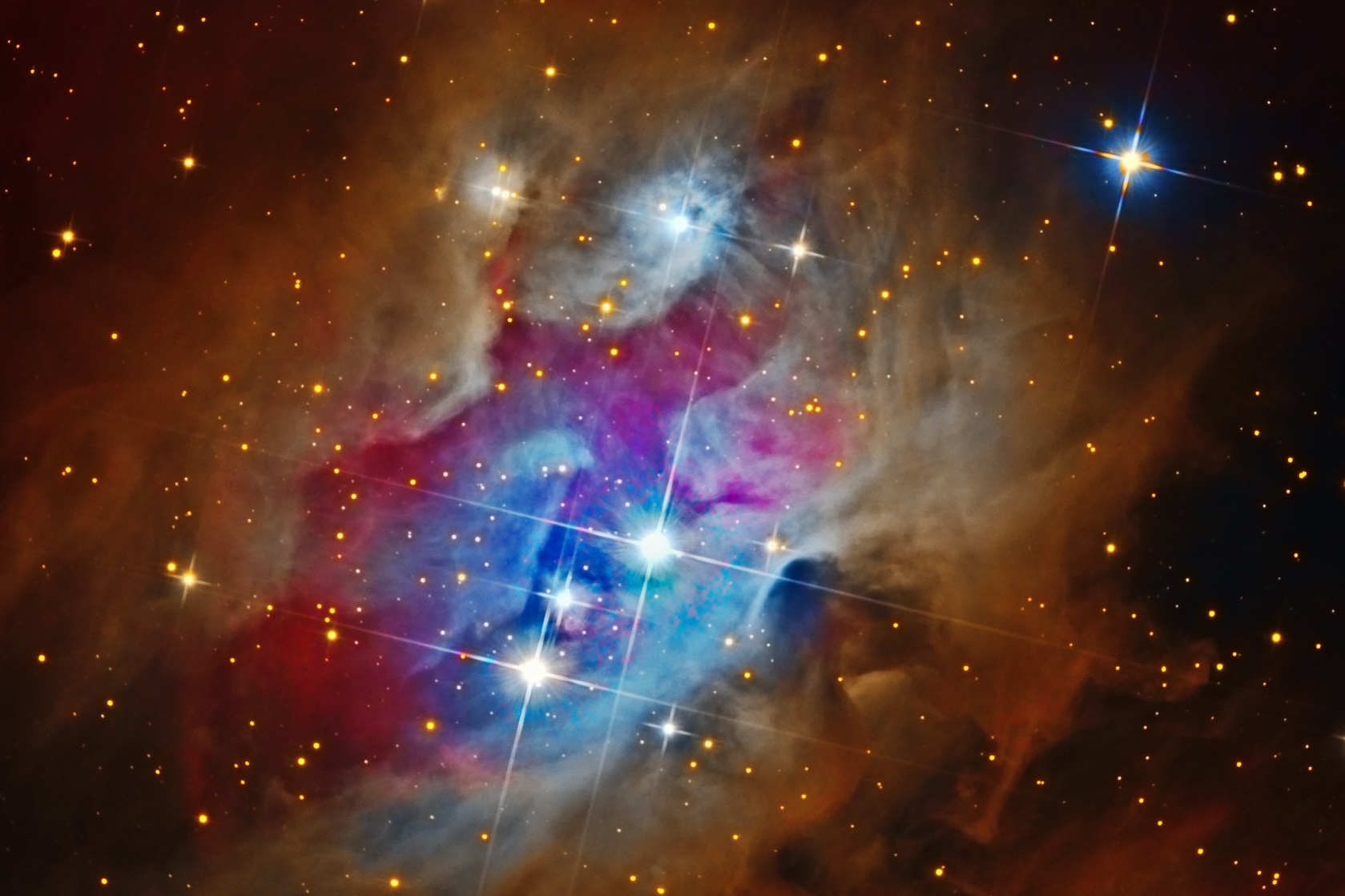Starting this year, I thought I would also write about my cycling, since it has been taking a bigger and bigger part of my life lately. As I just started this new section, I will shortly summarize my previous twenty months of cycling.
Back in May 2013 I got my first road bike, and from then on I could not get enough of the sport. I have been riding up and down Mt. Grappa at every chance I have had to be in Italy, and I have amassed a respactable amount of kilometers since. I closed off 2013 with 5,000 km in the bank, and 2014 with 11,300 km. I have since changed to a different bike, a Bottecchia Super Ottavio with Campagnolo Super Record, and in June 2014 I got a power meter so I could train with the best possible tools and monitor my progress scientifically.
So let us now get to the month at hand for a quick retrospective analysis. After two months and a half of base and SST training to work on my aerobic engine during the late fall and early winter, the second half of January was finally the time to start with build blocks, in order to try and be ready and in good form come Spring.
Unfortunately, though, a flu got in the way after the first week of my build block, compromising my second and third weeks. I managed to savage something, getting 278 TSS done on week 2, and 306 on week 3.
In theory you should increase your TSS week after week, up until your recovery week when you do about 50% of your average TSS in your previous weeks, so now I am left with a monstrously positive TSB and the need to start the build block from the beginning.
It sounds incredible, but being literally only four days sick made me lose two whole weeks of training stress and subsequent adaptations.
Anyway, January was a good month because it saw my best ever 20-minute power, at 262 watts. I currently weigh 61.5 kg, which is a 1.5 kg gain from my summer / race day weight, but I am pretty sure I will lose that in April and May while keeping (and hopefully increasing) my power at threshold. This means that my W/kg is currently at 4.04, with the potential of being at 4.15. And I know I can squeeze a few more watts out of these legs if I pace myself even better.
During my last 20-minute test I had some juice left at the end to finish strong, so I will go for a steady 270 W next time.
To wrap things up, here is a summary page of the month. From February on, I will try to increase the hours a little, getting closer to 30 hours a month, while keeping my gym regimen one to two times a week.


